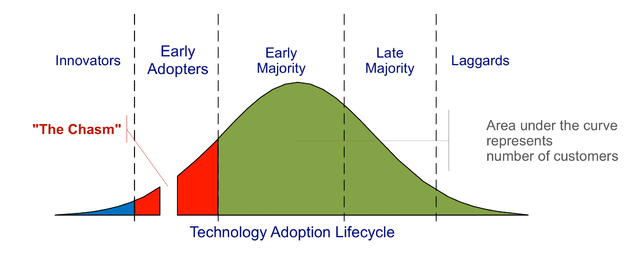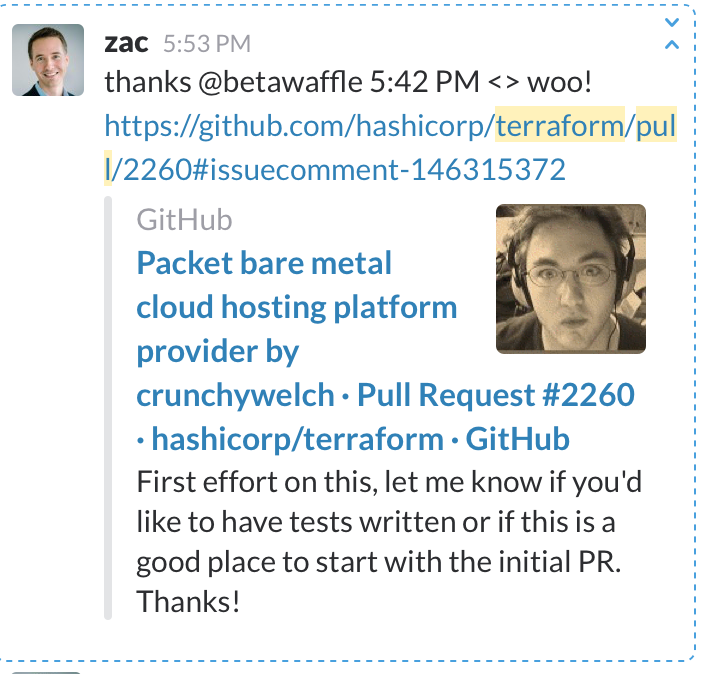Going VIRL with Cisco
How our drive to “Make Bare Metal Great Again” resulted in our biggest partnership to date, and why that is only half the story.

In early 2014 I pitched an idea to some close friends that sounded radical at the time -- a new kind bare metal cloud platform that would feature the automation of the public cloud but without multitenancy, built-in virtualization, and pre-chosen software networks. Although they didn’t know it yet, I was sure my cloud would attract developers, CTO’s, and modern platforms who normally cringed at phrases like “bare metal” and “servers.”
My enthusiasm was fueled by developer enablers like Docker, open workload scheduling solutions like Kubernetes, and advanced independent devops tooling like Hashicorp’s Terraform. These tools and others were quickly making infrastructure-as-code a reality for developers. The promised land of workload portability was on the horizon!
I managed to get enough people to either join me or invest with me in the business, and a few months later we formed Packet. Thus began our journey.
The Doubtfires
 Despite all the challenges that came with building Packet from scratch, our whole team was energized by a simple mission: to paraphrase a certain Presidential candidate we wanted to “make bare metal great again.” To help it fulfill its promise. To make sure that leveraging high performance, single tenant hardware could be fun and even easy.
Despite all the challenges that came with building Packet from scratch, our whole team was energized by a simple mission: to paraphrase a certain Presidential candidate we wanted to “make bare metal great again.” To help it fulfill its promise. To make sure that leveraging high performance, single tenant hardware could be fun and even easy.
However, despite the tasty KoolAid we were drinking, not everybody was buying. Imagine that!
There were (and still are) many doubters, and the arguments are consistent. When I meet with some of the smarter VC’s, pundits, and technologists in the ‘biz, inherently the dirty little “reality” of the situation comes up. Basically: haven’t Amazon and Microsoft already solved the public cloud? Isn’t it already good enough? Why do we need a new compute platform in 2016?
I have to be honest, there was a point in August 2015 -- about $2 MM of engineering payroll into our adventure -- when I was starting to really question my read on the market. Was I seeing the future, or just a mirage? Had I hit the nail on the head, or was I pounding another nail into the coffin of dedicated servers?
This is the feeling that I think every businessman or woman who has risked it all feels at some point - and with good reason. But the signs were there from our beta users, and from the exploding container world. We were confident if we built it and got the world out, they would come.
Field of Dreams
So it was with equal mixture excitement and relief that we started to see growth trends in our weekly key metrics. Somehow, despite a near zero marketing budget, people were searching (hunting?) for the value proposition that Packet was selling: automated fundamental infrastructure.
But who were they? Had we found the elusive, silent majority we believed wanted something dramatically different from the public cloud? Or were we just in a small room with a few loud and passionate users? Be wary of putting your faith in early adopters, lest you fall into the chasm:

Going VIRL, the Cisco Way
Like many great developer pub stories, it all started with a pull request.
This story begins a few months back in November 2015. Pete Shima of Hashicorp accepted a pull request we had open to add Packet to Terraform’s supported list of providers.
Since we all love Terraform and it had been a key target of our integration efforts, cheers went up around slack when we got notice.

A few weeks later, we began to see several users from @cisco.com show up on the Packet portal. We had seen Cisco users on the platform in the previous months, but their behavior had always been cursory: kick the shiny new tires and move along. This was sustained. It was different.
As curious network nerds at heart, we reached out and set up a call to chat with several members of Cisco’s Virtual Internet Router Lab team. (VIRL is a simulation platform for building and maintaining networks that likes a lot of RAM and runs its own hypervisor).
It came as no surprise to learn that they were diehard Terraform users and had discovered Packet through the pull request. They also told us about their struggles to identify a platform capable of deploying a cloud-based version of VIRL.
Why VIRL Needed Automated Bare Metal
In short, VIRL software subscribers who don’t have enough resources on their laptop were left to fend for themselves. Users range from corporate and industry networking experts, to students studying for their Cisco certification tests. Most users set up a cheap box in their bedroom / office closet, or if they have the money to spare they grab a monthly server from a standard hosting provider or the IT department.
A hosted option - in which Cisco’s thousands of users around the world could spin up VIRL for a few hours at a time - was the logical partner to the next big VIRL release. But to achieve this, they needed to offer up fully automated provisioning and configuration, lest an angry mob of network admins and CCNA certification students be forced into sys admin hell just to get VIRL going for a few hours here and there.
But as the VIRL team expressed, it wasn’t easy to find a partner for this. Here’s why:
| Hosters | Virtual Public | Bare Metal Clouds | Packet | |
| Hourly Usage | x | x | x | |
| No Monthly Contracts | x | x | ||
| Terraform Support | x | x | ||
| Deploy in Minutes | x | x | x | |
| Choice of Hypervisor or Nested Virtualization | x | x | x | |
| Consistent Availability | x | x | x |
Packet provides the right mix of developer automation, friendly usage-based terms and choice of workload (in this case, a custom one-shot OpenStack install).
The response to VIRL on Packet has been so awesome. We’ve met hundreds of interesting network administrators, students, developers and security experts looking to build a smarter, better network using VIRL. And now with Packet’s on-demand bare metal and a VIRL subscription, they can do so without the complexity and cost of an always-on space heater under their desk.
Conclusion
I named this post "Going VIRL" for two reasons: the first is because VIRL is a fun name for a great product, and we’ve been thrilled to work with them. We think VIRL is just one example of many large market niches that can benefit from our platform (think nested virtualization, burst usage by gaming companies, on-demand POC’s, compute marketplaces like UCXchange, etc).
But more importantly "going viral" is the vibe we want to inject into the stodgy dedicated server market. In starting Packet, we were determined to demonstrate that there is a relevant model (and a hungry market) for raw compute, network and storage.
In short: you can’t go viral when deploys take hours or days, and you price things by the month instead of the hour. To go viral with bare metal, you need to embrace users that may only need you a few hours a month and pay you a few bucks at a time. And if you can onboard 1000 of those in a week, and deploy hundreds of machines to serve them without breaking a sweat - or spending a marketing dollar - then chances are you’re aligned with the spirit of today’s users.